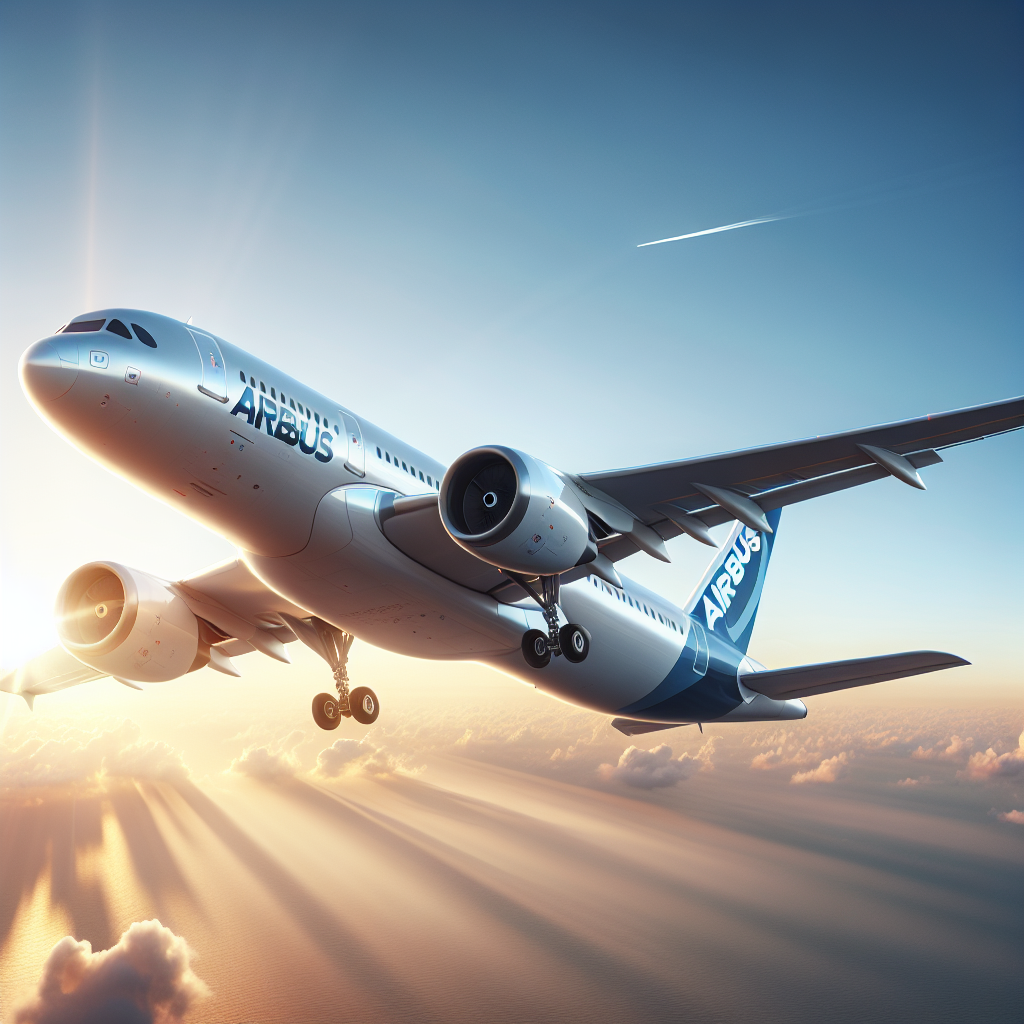Airbus Forecasts Soaring Demand for Jetliners Over Next Two Decades
Airbus revised its 20-year demand forecast for jetliners, predicting global fleet expansion to 48,230 planes and industry-wide deliveries of 42,430 new airplanes. Demand growth in Asia and long-haul travel, particularly with single-aisle planes, are key drivers. The forecast has sparked debates with environmental groups over aviation's impact on climate change.

Airbus on Monday revised its 20-year demand forecast for jetliners, predicting that the global fleet will more than double to 48,230 planes. The world's largest planemaker foresees deliveries of 42,430 new airplanes over the next two decades, a 4% increase from previous estimates.
The demand forecast is divided into single-aisle and wide-body jets. Improvements in the range and performance of single-aisle planes are transforming markets previously dominated by larger aircraft. This shift is significantly impacting transatlantic travel.
Airbus' report arrives as the company's A321XLR eyes imminent certification. While Boeing develops a longer-range 737 MAX, demand for wide-body planes is surging as airlines renew their long-haul fleets. Despite a 2% forecast trim for the Middle East due to overcapacity, demand for wide-body jets in other regions has increased.
Single-aisle passenger planes like the Airbus A320 and Boeing 737 series are also in high demand, with a revised forecast up by 3% to 33,510 units. Economic predictions suggest 1.7 billion more people will enter the middle class, having some disposable income for air travel.
Strong growth is expected in Asia, particularly in India and China, with domestic Chinese traffic expected to surpass the U.S. However, the aviation industry's post-pandemic rebound contrasts with environmental groups' concerns over climate change, despite Airbus citing lower emissions from new jets and greener fuel development.
(With inputs from agencies.)










